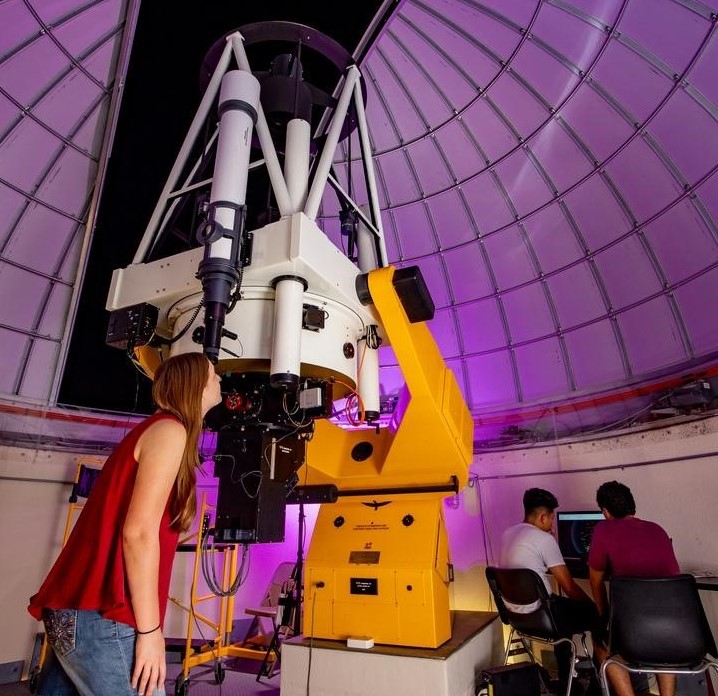Document Type
Article
Publication Title
The Astrophysical Journal
Abstract
We report on an analysis of 308.3 hr of high-speed photometry targeting the pulsating DA white dwarf EC14012-1446. The data were acquired with the Whole Earth Telescope during the 2008 international observing run XCOV26. The Fourier transform of the light curve contains 19 independent frequencies and numerous combination frequencies. The dominant peaks are 1633.907, 1887.404, and 2504.897μHz. Our analysis of the combination amplitudes reveals that the parent frequencies are consistent with modes of spherical degree l = 1. The combination amplitudes also provide m identifications for the largest amplitude parent frequencies. Our seismology analysis, which includes 2004–2007 archival data, confirms these identifications, provides constraints on additional frequencies, and finds an average period spacing of 41 s. Building on this foundation, we present nonlinear fits to high signal-to-noise light curves from the SOAR 4.1 m, McDonald 2.1 m, and KPNO 2 m telescopes. The fits indicate a time-averaged convective response timescale of τ0 = 99.4 ± 17 s, a temperature exponent N = 85±6.2, and an inclination angle of θi = 32.◦9 ± 3.◦2. We present our current empirical map of the convective response timescale across the DA instability strip.
DOI
10.1088/0004-637X/751/2/91
Publication Date
6-1-2012
Recommended Citation
Provençal, Judith L.; Wood, Matt A.; Vennes, Stéphane; and Németh, Péter, "Empirical Determination Of Convection Parameters In White Dwarfs. I. Whole Earth Telescope Observations Of EC14012-1446" (2012). Aerospace, Physics, and Space Science Faculty Publications. 324.
https://repository.fit.edu/apss_faculty/324


